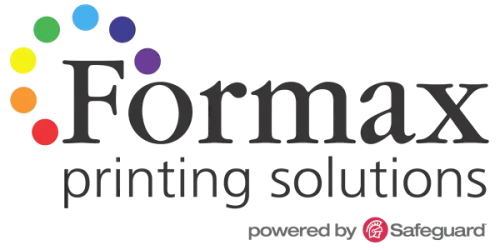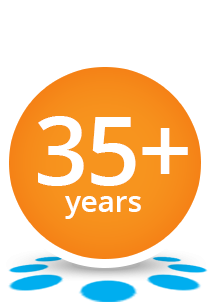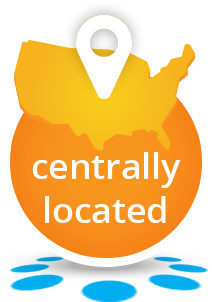Is A3 Paper Bigger Than A4 Paper?
Yes, A3 paper is indeed larger than A4 paper. A3 paper measures 297 x 420 millimeters (11.7 x 16.5 inches), while A4 paper is 210 x 297 millimeters (8.3 x 11.7 inches). Consequently, A3 is both wider and longer than A4, making it significantly larger.
The A Series of Paper Sizes
The International Organization for Standardization (ISO) has defined a series of standard paper sizes, including the "A," "B," and "C" series. These sizes are widely used globally. Here's an overview of the A series, which is the most common:
A Series Sizes:
- A0 Paper Size: 841 x 1189 mm
- A1 Paper Size: 594 x 841 mm
- A2 Paper Size: 420 x 594 mm
- A3 Paper Size: 297 x 420 mm
- A4 Paper Size: 210 x 297 mm
- A5 Paper Size: 148 x 210 mm
- A6 Paper Size: 105 x 148 mm
- A7 Paper Size: 74 x 105 mm
- A8 Paper Size: 52 x 74 mm
- A9 Paper Size: 37 x 52 mm
- A10 Paper Size: 26 x 37 mm
Differences Between A3 and A4 Printers
A3 Printers
Paper Size:
A3 printers handle A3 sheets, which measure 297 x 420 millimeters (11.7 x 16.5 inches). This paper size is twice the size of A4.
Usage:
A3 printers are commonly used in businesses, design studios, and professional settings to print large documents and graphics. They are ideal for producing posters, charts, engineering drawings, and other large-format documents.
Printing Capabilities:
These printers typically offer high-quality color and black-and-white printing, suitable for marketing materials, presentations, and visually appealing documents.
Features:
Many A3 printers include advanced features such as duplex printing (automatic double-sided printing), network connectivity for multiple users, and options for handling various paper types and sizes.
Cost:
A3 printers are generally more expensive than A4 printers due to their larger print capabilities and additional features.
A4 Printers
Paper Size:
A4 printers handle A4 paper, measuring 210 x 297 millimeters (8.3 x 11.7 inches). This is the standard letter-size paper used for most documents, letters, and reports.
Usage:
A4 printers are the most common type, suitable for various applications. They are frequently used in homes and small offices for everyday printing needs.
Printing Capabilities:
A4 printers come in various models, including inkjet and laser printers. They can produce high-quality text and graphics, making them versatile for documents, spreadsheets, presentations, and photographs.
Features:
A4 printers vary in features, from basic models for simple tasks to advanced models offering scanning, copying, and wireless connectivity.
Cost:
A4 printers are generally more affordable than A3 printers, both in terms of the initial purchase price and the cost of consumables like ink or toner cartridges.
Choosing Between A3 and A4 Multifunction Printers (MFPs)
Here are nine factors to consider when choosing your next multifunction printer:
Printing Needs:
- A3 Printing: Essential for printing or copying large documents like posters, engineering drawings, or large spreadsheets.
- A4 Printing: Suitable for standard documents, reports, letters, and most daily printing needs.
Space and Office Layout:
- A3 MFPs are larger and heavier than A4 MFPs. Ensure you have enough space to accommodate the printer.
Budget:
- A3 MFPs are more expensive than A4 MFPs, both in purchase price and operational costs.
Usage Volume:
- For high-volume printing, an A3 MFP might be more cost-effective due to its larger capacity.
Scanning and Copying Requirements:
- An A3 MFP is necessary if you need to scan or copy A3-sized documents.
Future Growth:
- Consider future needs. If you expect to need larger formats, an A3 MFP might be a better investment.
Features and Functions:
- Evaluate the features you require, such as duplex printing, wireless connectivity, and advanced finishing options.
Compatibility:
- Ensure the MFP is compatible with your network and software systems.
User Preferences:
- Consider the preferences of the users who will operate the MFP. Some may prefer the larger A3 MFPs, while others might favor the compactness of A4 MFPs.
Choosing the right printer depends on your specific needs and circumstances. Assess your requirements carefully to make the best decision for your business.
Take Care, Rick




